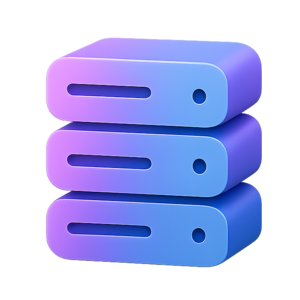Introduction to NAS (Network Attached Storage)
Network Attached Storage (NAS) is a dedicated file storage device that connects to your home or office network, allowing multiple users and devices to store and retrieve data from a centralized location.
What is a NAS?
A NAS is essentially a specialized computer designed for data storage and sharing. It usually runs a lightweight operating system and provides access to files over the network using standard protocols like SMB/CIFS, NFS, or FTP.
Key Benefits
- Centralized Storage: Store all your files, backups, and media in one place.
- Data Redundancy: Many NAS devices support RAID, protecting your data from drive failures.
- Remote Access: Access your files from anywhere with proper configuration.
- Media Streaming: Stream music, videos, and photos to devices on your network.
- Backup Solution: Automate backups for computers and mobile devices.
Common Use Cases
- Home media server (Plex, Jellyfin, Emby)
- File sharing for families or small businesses
- Automated backups
- Surveillance video storage
- Personal cloud storage
Hardware Options
- Prebuilt NAS: Brands like Synology, QNAP, and TerraMaster offer user-friendly, feature-rich devices.
- DIY NAS: Build your own using old hardware or a single-board computer (like a Raspberry Pi) with software such as TrueNAS, OpenMediaVault, or Unraid.
Getting Started
- Choose your hardware: Decide between a prebuilt NAS or building your own.
- Install NAS software: If building your own, pick a NAS OS that fits your needs.
- Configure storage: Set up your drives, RAID (if desired), and shared folders.
- Connect to your network: Use Ethernet for best performance and reliability.
- Set up users and permissions: Control who can access what.
- Enable services: File sharing, media streaming, remote access, etc.
Security Tips
- Change default passwords and use strong credentials.
- Keep your NAS firmware/software up to date.
- Limit remote access and use VPNs when possible.
- Set up regular backups to another device or cloud.
Resources
NAS is a powerful tool for anyone who wants to take control of their data. Whether for home, business, or hobby, it offers flexibility, security, and convenience.
